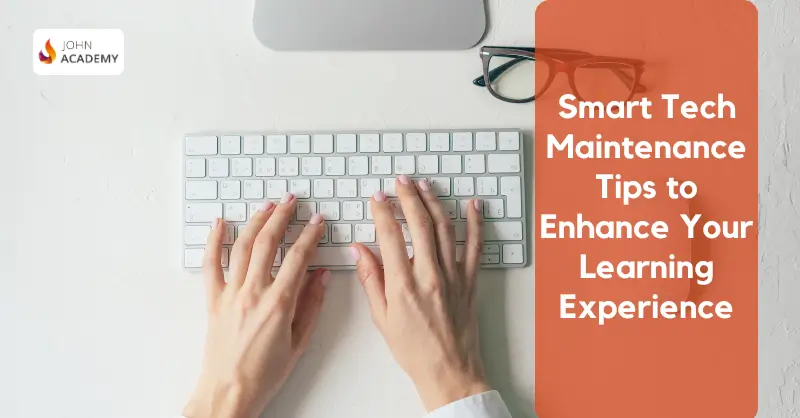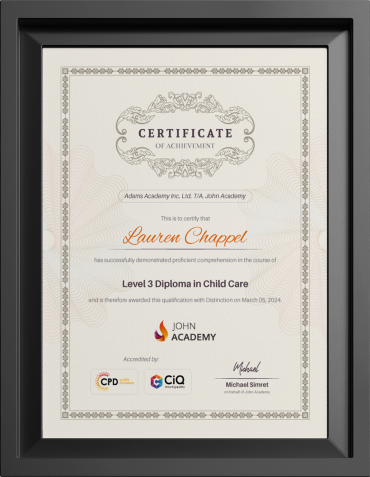
The learning experience is different today due to innovative smart technologies for education. New educational tech empowers learning through intensive engagement, resource customization, and automation. These technologies include AI, VR, gamification, mobile devices, and digital readers.
Smart maintenance increases device lifespan and improves platform/app performance. Users boost online security and the cost of dealing with breaches and data loss. Users do not experience prolonged downtime, poor connection, or sudden shutdowns that affect learning flow. These smart maintenance tips will help you boost your learning experiences with digital tools.
The power of technology in teaching and learning
Technology improves student-teacher connections by eliminating traditional teaching methods. Several technologies boost learning experiences and curriculum outcomes in all education institutions globally. Learners and teachers use visuals, interactive whiteboards, learning apps, games, etc. Simple techs like games and PowerPoints create collaborative and engaging experiences.
Digital tools create memorable learning experiences but devices full of clutter harm the outcomes. Smart maintenance of your education devices focuses on healthy storage, browsers, plugins, APIs, etc. Cleaning is not as complicated as it was about a decade ago. Today, I can clean my Mac using smart technologies like CleanMyMac and AI. CleanMyMacX is a deeper cleaning tool that ensures no clutter residues or unwanted files and apps remain. Install it on your drive and launch it any time to start the process and automate it.
Understanding smart maintenance
Smart maintenance in the learning sector means all activities are driven towards making digital tools easier to use and more efficient for educational success. Maintenance may focus on device/tool condition, risks presented, and repairs/upgrades required. The goal is to keep devices, networks, and systems healthier and error-free. Smart maintenance teams use data and AI to identify needs, improve learning outcomes, and foretell problems.
The goal of smart maintenance for enhanced engaging experiences
School technology maintenance reports show that the school’s computer experts spend more time solving technical hitches. This should not be the case but it affects brainstorming and innovation time for educational enhancement. Learning should never stop because there is maintenance work ongoing.
Maintenance should be done days before schools open ensuring digital tools are working perfectly. The key goal should be to improve learning experiences instead of solving technical issues. Here are other goals that the school IT team should focus on:
- Device decluttering. Many technical issues could result from cluttered devices. Prioritise decluttering to eliminate common issues like crashes, hanging, and slowed performance.
- Updating. IT teams might overlook system and app updates as unimportant. Updated learning apps and operating systems lead to higher speed and smooth running.
- Security enhancement. Test device and system security strength and improve it. Secure technology allows non-distracting learning experiences.
- Cleaning. Cleaning refers to removing dirt on physical devices for enhanced performance. Clean device parts keep them cool and improve their health.
Proactive technology care for learning efficiency enhancement
Poor tech maintenance affects learning experiences and outcomes in many ways. Slow-performing devices and learning apps cause stressful situations in learners. Teachers get frustrated and might avoid using smart tech in teaching. Proactive care aims to sustain friendly tech solutions for better learning outcomes.
1. Troubleshoot technical issues on time
Some technical issues could be small but their impact on education is huge. Issues like delayed startup or unresponsive apps discourage users. Test to know the source and solve it without delay. Learn troubleshooting tricks to save time on guesses to allow continuous learning.
2. Organise study resources and materials
Study resources and materials are many – from learning apps to online textbooks, research websites, visuals, guides, and essays. It is harder to use them when they are scattered in different places on hard disks and online. Create a centralized folder and subfolders to organize learning resources in a unified place.
3. Use the latest smart tech
Smart technologies change quickly creating scaling, innovations, and better engaging experiences for everyone using them. Using older technologies may cause vulnerabilities and learners usually miss important information. Search often to understand the latest tech solutions for learning and teaching.
4. Optimise device settings
Optimised device settings lead to better smoother running, enhanced security, longer life, and enhanced productivity levels. It creates a mobile-friendly environment, reduces maintenance costs, and causes higher output. Settings requiring optimisation include the battery, operating system, menus, automation, and startup. Reset these parts for speed and health enhancement.
5. Upgrade devices
Manufacturers upgrade devices to allow them to operate with the latest innovations. Devices released a few years ago are more advanced than those released earlier. Create engaging experiences by buying the latest digital tools and learning applications.
Conclusion
Learning should be memorable and students should look forward with eagerness for the next lesson. Teachers should not feel stressed about teaching but should enjoy every moment and love the outcomes. Smart tech is designed to make this possible but your level of maintenance affects the results. Proper care of digital devices and tools boosts education quality and learning experiences. Create a maintenance plan and keep a consistent record. Use the latest tools and devices to enjoy the best technologies for teaching and learning.

